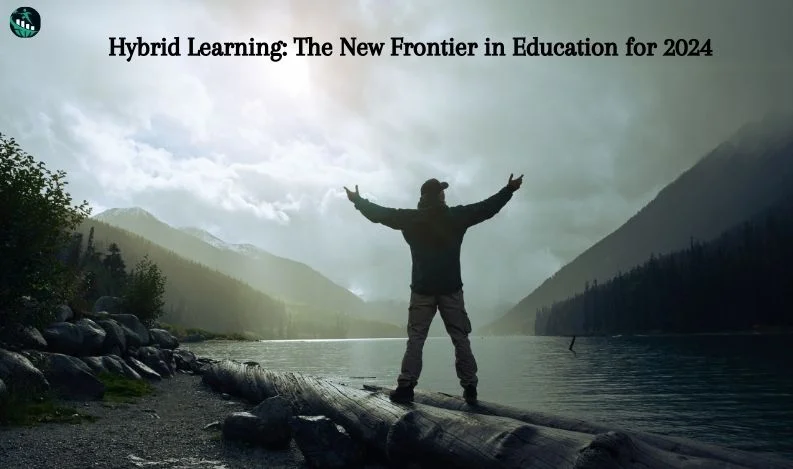
Understanding the Distinction Between President and Prime Minister
The political landscape of a country is often shaped by the roles and responsibilities assigned to its top leaders. In many nations, the highest offices are occupied by the President and the Prime Minister. While both hold significant positions, there are distinct differences in their powers, functions, and the processes leading to their appointments.
The Ultimate Authority
President: The President is the highest-ranking official in a country and is elected by the citizens through a democratic voting process. Their role is more ceremonial, symbolizing the unity of the nation.
Prime Minister: In contrast, the Prime Minister is the head of the government and is typically selected from the majority party in the legislative body. Their appointment is a result of parliamentary support, indicating their ability to command a majority.
Distribution of Powers
President: The President often holds certain reserved powers, such as granting assent to legislation, contributing to the legislative process, and deploying the military.
Prime Minister: The Prime Minister's powers are more focused on the day-to-day governance of the country. They play a pivotal role in policy formulation, economic management, and social development.
Leading the Government
President: The President's primary responsibility is to ensure the stability of the government. They appoint the Prime Minister and can dissolve the parliament in certain situations.
Prime Minister: The Prime Minister is the leader of the government, responsible for forming a cabinet, shaping policies, and implementing the legislative agenda. They are the driving force behind the functioning of the government machinery.
Crisis Management
President: During times of national crisis, the President may have the authority to make critical decisions, especially in matters related to security and emergency situations.
Prime Minister: The Prime Minister is at the forefront of crisis management, making crucial decisions to address challenges promptly. Their leadership is vital in navigating the country through turbulent times.
Representation on the International Stage
President: The President often represents the country in diplomatic matters and on the international stage. They play a crucial role in building diplomatic ties and enhancing the nation's global standing.
Prime Minister: While the Prime Minister may engage in international relations, their primary focus is on domestic governance. They work closely with the diplomatic representatives but may not have the same level of influence on foreign policy as the President.
Judicial Powers
President: Some Presidents have the authority to grant pardons or commute sentences, contributing to the checks and balances within the legal system.
Prime Minister: The Prime Minister's role in the judicial system is more indirect. They may play a part in appointing judges or shaping legal policies but do not have direct involvement in judicial decisions.
Conclusion
In conclusion, the distinctions between the President and Prime Minister are crucial in understanding the dynamics of a nation's governance. While the President serves as a unifying symbol and holds certain reserved powers, the Prime Minister is the operational head of the government, driving policy decisions and day-to-day administration. The synergy between these two roles is essential for a well-functioning democracy, where each leader contributes to the overall progress and prosperity of the nation.








Recent Comments: